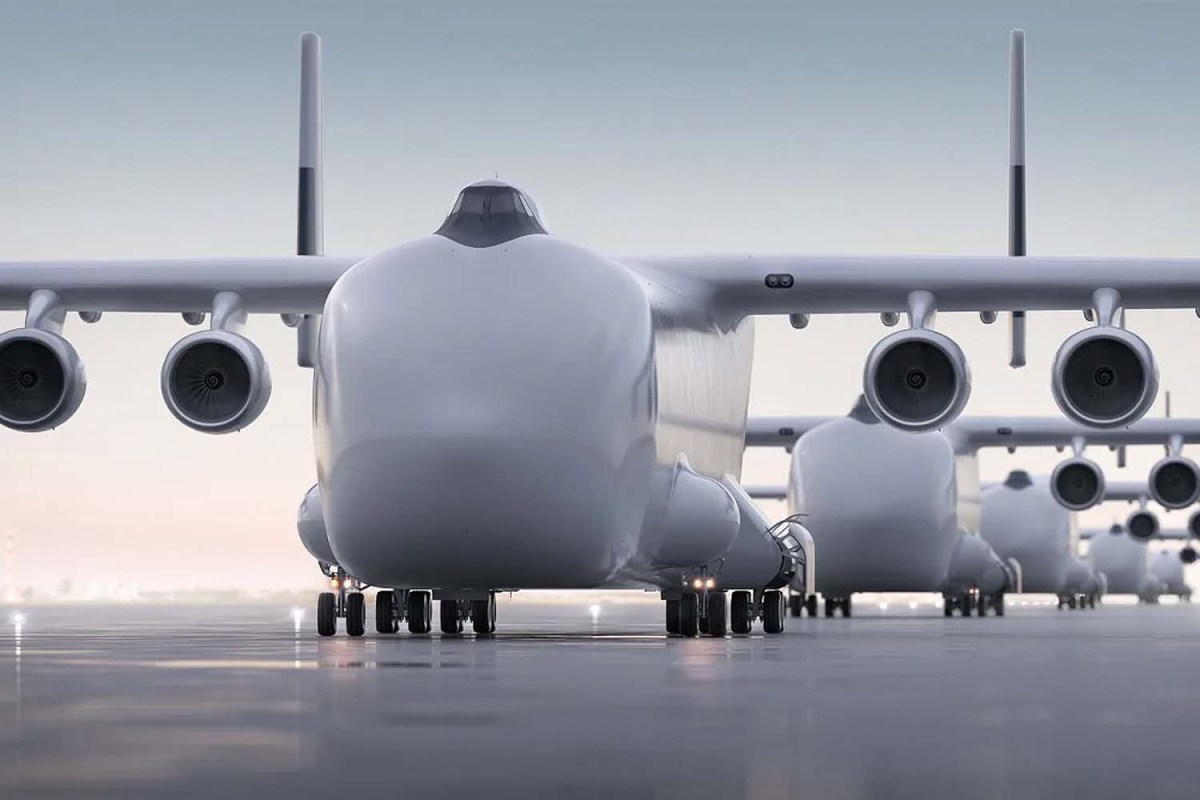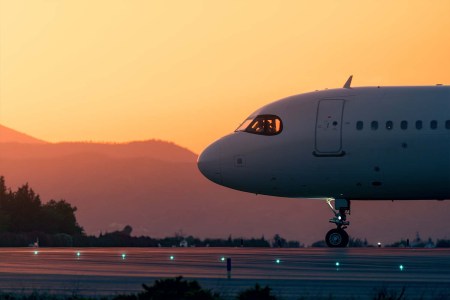There’s been a drastic uptick in interest in supersonic travel in recent years. That’s in spite of the fact that the last commercial supersonic passenger jet, the Concorde, stopped flying in 2003. “How fast can this thing possibly go?” seems to be the prevailing question.
But there are also companies asking another, more sizable question: “How big can we possibly make this thing?”
Last January, the world’s biggest airplane, the Stratolaunch Roc, designed to carry air-launch-to-orbit rockets and hypersonic vehicles, made headlines after it completed its longest test flight to date. In the vicinity of 239 feet long and 50 feet tall, the plane was said to be capable of carrying 500,000 pounds, required a runway at least 12,000 feet long and was actually built from not one, but two deconstructed Boeing 747-400 jumbo jets.
Now, there’s now an even bigger aircraft in the works. Coming in at 356 feet long (four feet shy of a football field) and 79 feet tall, the WindRunner would be, if completed, the largest plane by length and cargo volume, per a report from The Wall Street Journal. With a capacity for 80 tons, the WindRunner is designed with the specific intent to carry the world’s largest wind turbine blades, which, as the outlet notes, are nearly impossible to transport on land. This, in turn, would lend itself to a number of (currently unattainable) renewable energy projects.
Report: 2023 Was One of Safest Years for Air Travel Ever
Despite a few shocking incidents, 2023 saw the lowest “all accident” rate on recordIt’s no surprise that the idea for the WindRunner was born of the revelation that delivering “unwieldy [turbine] blades” is “among the trickiest logistics jobs in the energy business.” Mark Lundstrom, an MIT-trained rocket scientist and Rhodes scholar, founded Colorado-based startup Radia in 2016 in hopes of “marry[ing] aerospace with the energy transition.” The initial WindRunner design was kept secret for years; in conjunction with an engineering team, Lundstrom has spent the past seven years working on it.
According to Radia, WindRunner will rely on “existing technology and safety by using, where applicable, tried-and-true aviation materials, components and fabrication techniques that have FAA [US Federal Aviation Administration] approval, are already in mass production and are lowest-risk.” It’ll also reportedly be capable of landing on airstrips as short as 6,000 feet, which is, to date, unheard of for large aircraft. If all goes according to plan, commercial operations could be active as early as 2027, although Radia has not officially confirmed that.
While it’s undoubtedly a huge advancement in aviation, and potentially for renewable energy, too, there is admittedly something a little disconcerting about the idea of a plane the size of a football field flying overhead.
This article was featured in the InsideHook newsletter. Sign up now.














